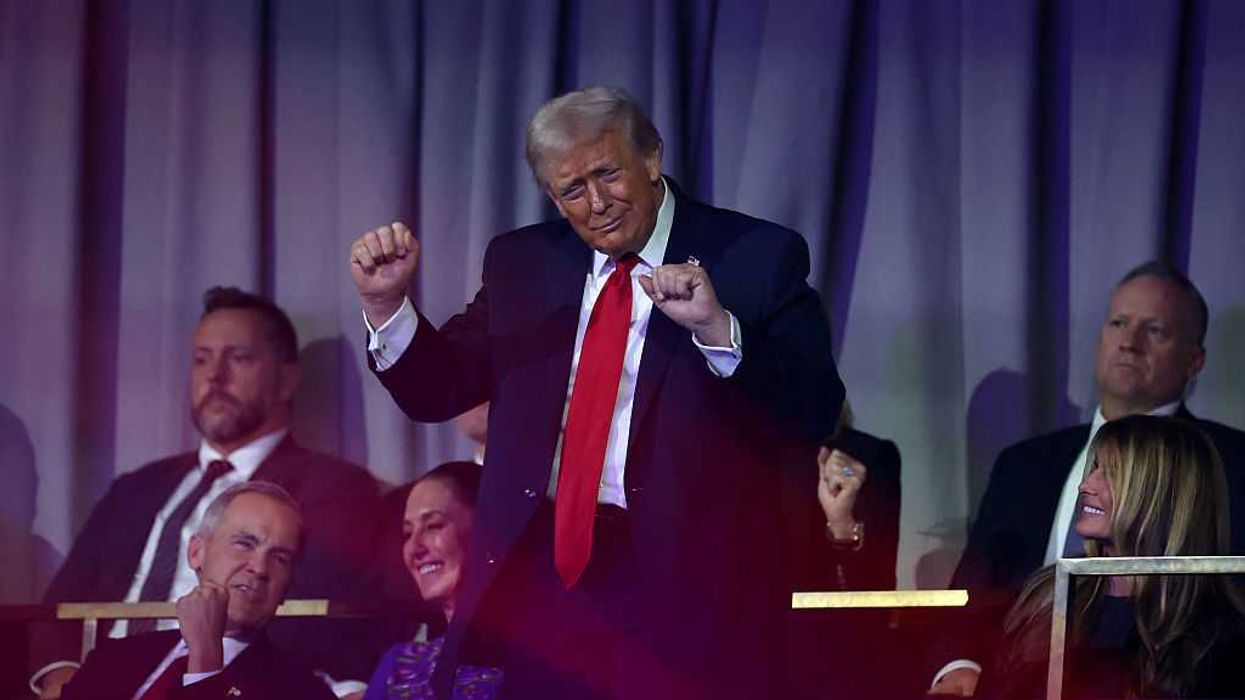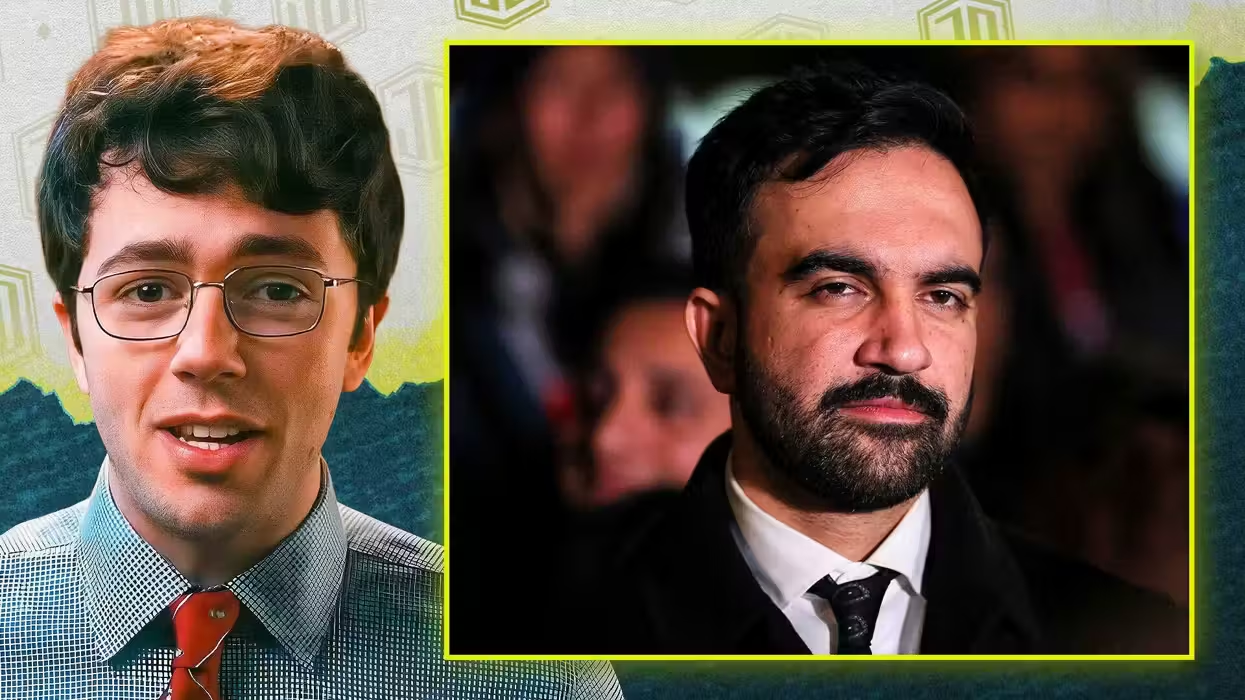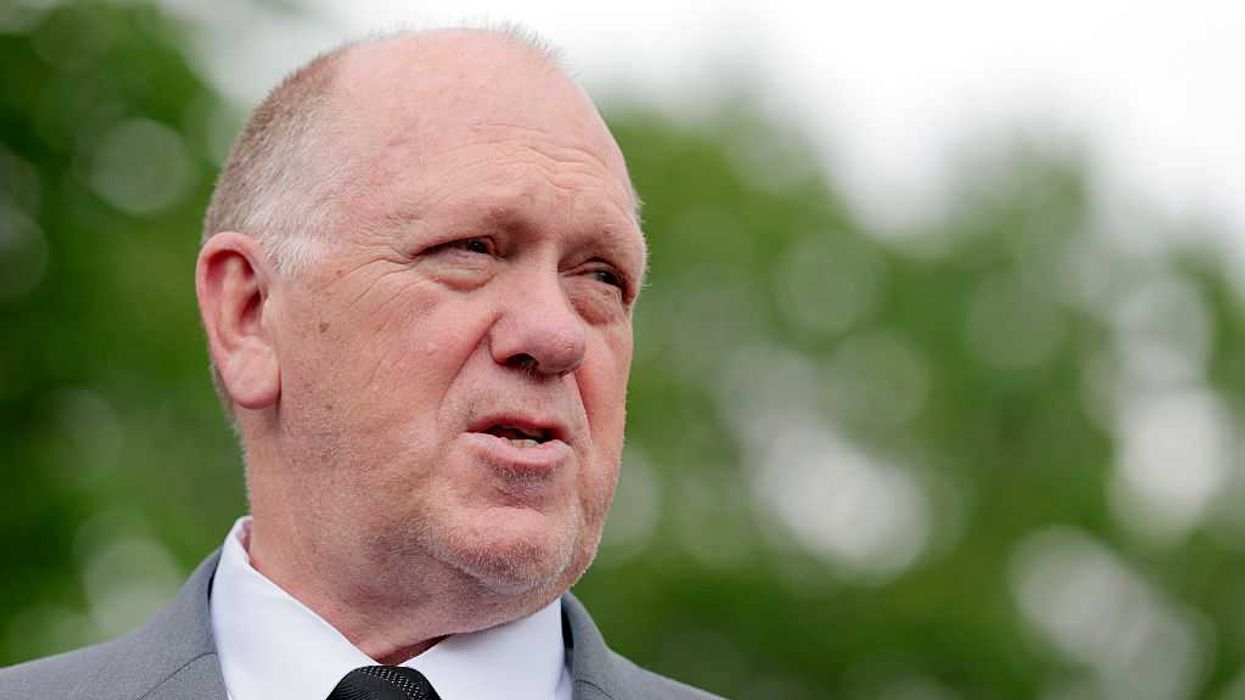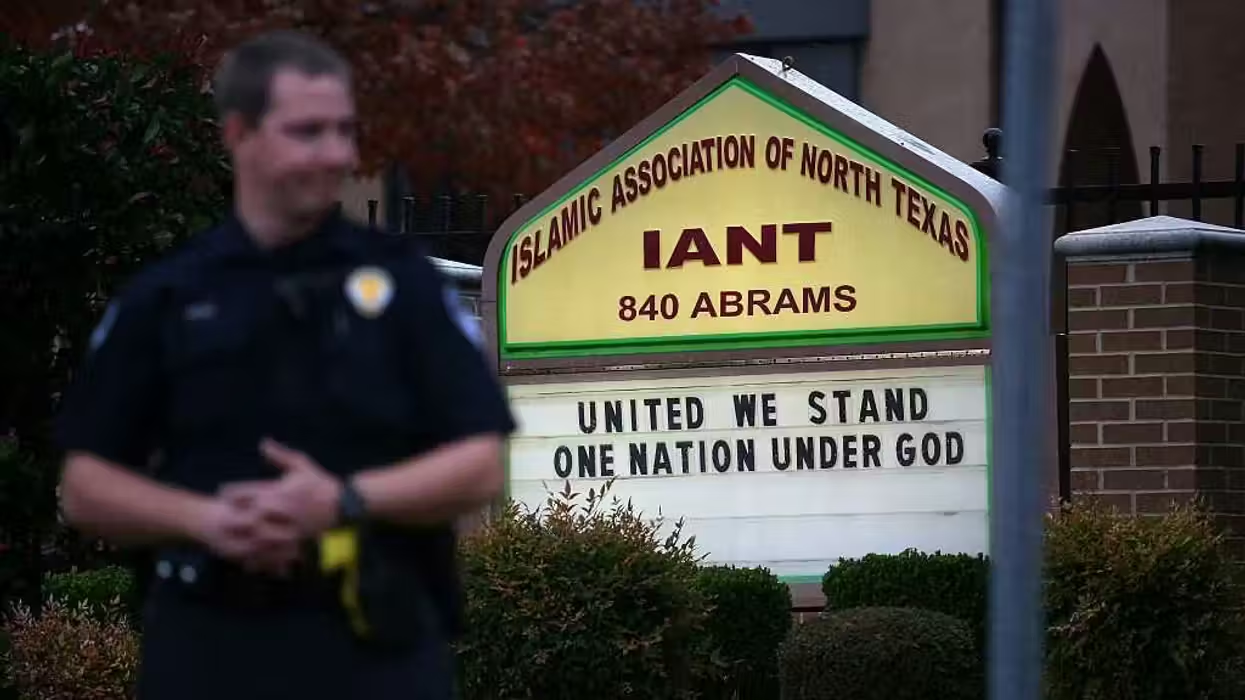
FORT BRAGG, N.C. (AP) — They were the first Americans into Afghanistan after the Sept. 11 attacks and will probably be the last U.S. forces to leave.
As most American troops prepare to withdraw in 2014, the CIA and military special operations forces to be left behind are girding for the next great pivot of the campaign, one that could stretch their war up to another decade.
The war's 10th anniversary Friday recalled the beginnings of a conflict that drove the Taliban from power and lasted far longer than was imagined.
"We put a CIA guy in first," scant weeks after the towers in New York fell, said Lt. Gen. John Mulholland, then a colonel with U.S. special operations forces, in charge of the military side of the operation. U.S. Special Forces Green Berets, together with CIA officers, helped coordinate anti-Taliban forces on the ground with U.S. firepower from the air, to topple the Taliban and close in on al-Qaida.
Recent remarks from the White House suggest the CIA and special operations forces will be hunting al-Qaida and working with local forces long after most U.S. troops have left.
When Afghan troops take the lead in 2014, "the U.S. remaining force will be basically an enduring presence force focused on counterterrorism," said National Security Advisor Tom Donilon, in remarks in Washington in mid-September. That will be augmented by teams that will continue to train Afghan forces, added White House spokesman Tommy Vietor.
The White House insists this does not mean abandoning the strategy of counterinsurgency, in which large numbers of troops are needed to keep the population safe. It simply means replacing the surge of 33,000 U.S. troops, as it withdraws over the next year, with newly trained Afghan ones, according to senior White House Afghan war adviser Doug Lute
It also means U.S. special operators and CIA officers will be there for the next turn in the campaign. That's the moment when Afghans will either prove themselves able to withstand a promised Taliban resurgence, or find themselves overwhelmed by seasoned Taliban fighters.
"We're moving toward an increased special operations role," together with U.S. intelligence, Mulholland said, "whether it's counterterrorism-centric, or counterterrorism blended with counterinsurgency."
As out-going head of U.S. Army Special Operations Command, Mulholland has been in charge of feeding a steady stream of troops to commanders in the field. He knows they need as many special operations troops as he can produce and send. Those special operations forces are made up of U.S. Army Rangers, known for their raiding operations against militant targets, and U.S. Special Forces Green Berets, whose stock in trade is teaching local forces to fight a common enemy so the U.S. doesn't have to.
Senior U.S. officials have spoken of keeping a mix of 10,000 such forces in Afghanistan, and drawing down to between 20,000 and 30,000 conventional forces to provide logistics and support. But at this point, the figures are as fuzzy as the future strategy.
A foundation for special-operations-style counterinsurgency already under way, Mulholland explained, with the establishment of hundreds of sites in remote Afghan villages, where Green Berets are paired with Afghan local tribesmen trained by the Americans.
The program has been so successful, in the eyes of NATO commanders, that they've assigned other special operators like Navy SEALs to the mission, and even paired conventional forces to stretch the numbers and cover more territory.
Intelligence officers know they will be a key component, whatever happens with U.S. troops.
A senior U.S. official tasked with mapping out their role envisioned a possible future in which Afghan forces are able to hold Kabul and other urban areas, but the Taliban comes back in remote valleys or even whole provinces.
In that event, the official said, CIA and special operations forces would continue to hunt al-Qaida in Taliban areas the Afghan forces can't secure. The official spoke on condition of anonymity to discuss planning for sensitive operations.
"If the CIA built an intelligence network that could provide special operations forces with targets, we could do the job," said Maj. Gen. Bennet S. Sacolick, who runs the U.S. Army's Special Warfare Center and School.
The only question will be which organization is in charge, and that will depend on the Afghan government, the senior U.S. official said. If Afghan authorities are comfortable with U.S. raiders continuing to operate openly, the special operations forces can lead, the official said. If they want a more covert presence, the CIA would lead, with special operation raiders working through them.
Another branch of special operations would continue to support the Afghans in remote locations, trying to keep the Taliban from spreading. The bare bones of that force have been put in place over the past two years — a scattered framework of small teams of U.S. operators paired with Afghan local tribesmen trained by the Americans.
The notion of a pared down U.S. fighting force, consisting of a latticework of intelligence and special operators, plus the far-flung units in the field, has spurred some criticism on Capitol Hill.
"You cannot protect the United States' safety with counterterrorism waged from afar," said Rep. Mac Thornberry, R-Texas, chairman of the House Armed Services Committee's emerging threats panel. His concern is that the White House has paid too little attention to how special operations and intelligence will keep the Taliban from overwhelming Afghanistan's remote terrain.
"I would like to know how many special operations forces they need, and how many conventional troops they propose to support them," he said, "and a rough time line."
The smaller special operations footprint could work, if it's part of a larger tapestry of counterinsurgency efforts, said retired Gen. Stanley McChrystal, former commander of the Afghan campaign.
"I believe direct action operations are only effective when part of a holistic strategy," McChrystal said in an interview. "That does not necessarily imply large U.S. forces or responsibility, but it must include a spectrum of efforts that addresses root causes, partners with indigenous governments and efforts, and approaches the causes as well as the symptoms on extremism and-or terrorism."
In other words, diplomats and aid groups would have to replace the current military efforts at building Afghan government and services — and do it without a large footprint of U.S. forces to provide them security.
The smaller numbers would also put the U.S. troops left behind at greater risk, officials concede, with fewer support troops to rush to the rescue.
That's the mission a group of elite special operators was on in August, flying into a remote valley to aid another group of U.S. raiders on the ground, when the Taliban shot down their Chinook helicopter, killing 38 U.S. and Afghan forces on board.
Asked if it could happen again, Mulholland stopped and bowed his head, taking a long pause to think back to how it started.
"From the beginning, we accepted that risk," Mulholland said, remembering the early days when he sent load after load of special operations forces into Afghanistan, with no sure way to get them out.
He paused again. "We still do."








